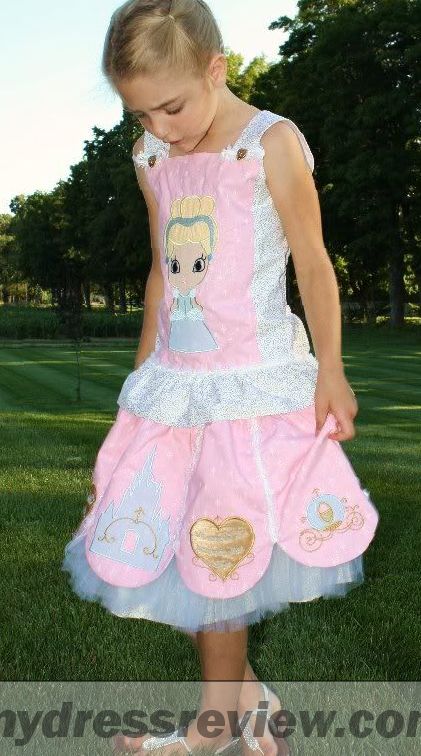
When he was quit drest he acted his part as well as any of them. . A letter of 1679 from Lady Anne North to her widowed and absent son gives a lengthy account of the breeching of her grandson: "Never had any bride that was to be dressed upon her wedding-night more hands about her, some the legs and some the armes, the taylor buttn'ing and other putting on the sword, and so many lookers on that had I not a ffinger amongst them I could not have seen him. Friends, of the mother as much as the boy, might gather to see his first appearance. He might also collect small gifts of money by going round the neighbourhood showing off his new clothes. In the 19th century, photographs were often taken of the boy in his new trousers, typically with his father. The 17th-century French cleric and memoirist François-Timoléon de Choisy is supposed to have been kept in dresses until he was eighteen. The debate between his parents over the breeching of the hero of Tristram Shandy (1761) suggests that the timing of the event could be rather arbitrary in this case it is his father who suggests the time has arrived. The many portraits of Balthasar Charles, Prince of Asturias (1629–1646), son of Philip IV of Spain, show him wearing breeches from about the age of six.įor working-class children, about whom even less is known than their better-off contemporaries, it may well have marked the start of a working life. The " age of reason" was generally considered to be about seven, and breeching corresponded roughly with that age for much of the period.



Dresses were also easier to make with room for future growth, in an age when clothes were much more expensive than now for all classes. Before roughly 1550 various styles of long robes were in any case commonly worn by adult males of various sorts, so boys wearing them could probably not be said to form a distinct phenomenon.

The change was probably made once boys had reached the age when they could easily undo the rather complicated fastenings of many early modern breeches and trousers. The main reason for keeping boys in dresses was toilet training, or the lack thereof.


 0 kommentar(er)
0 kommentar(er)
